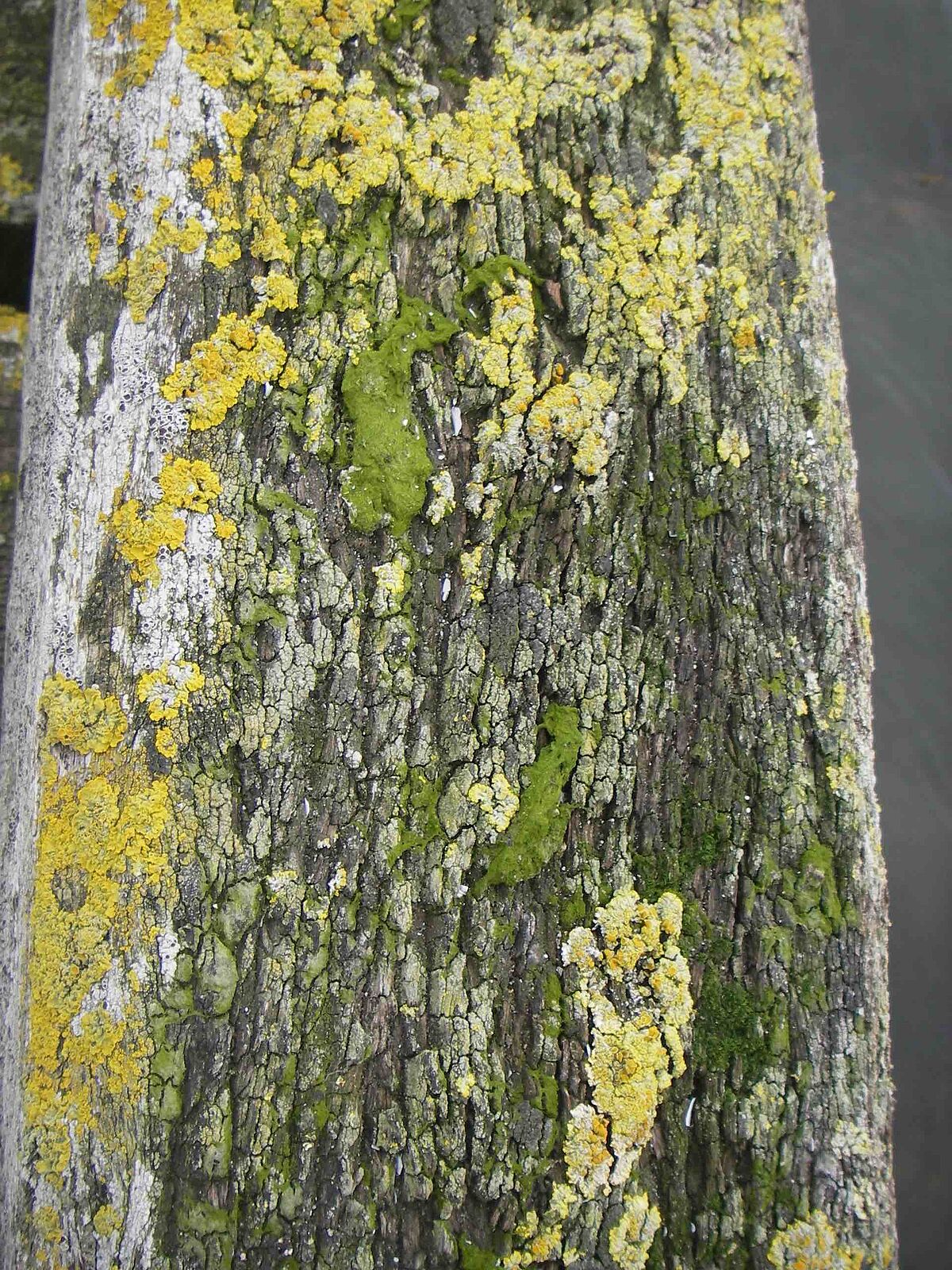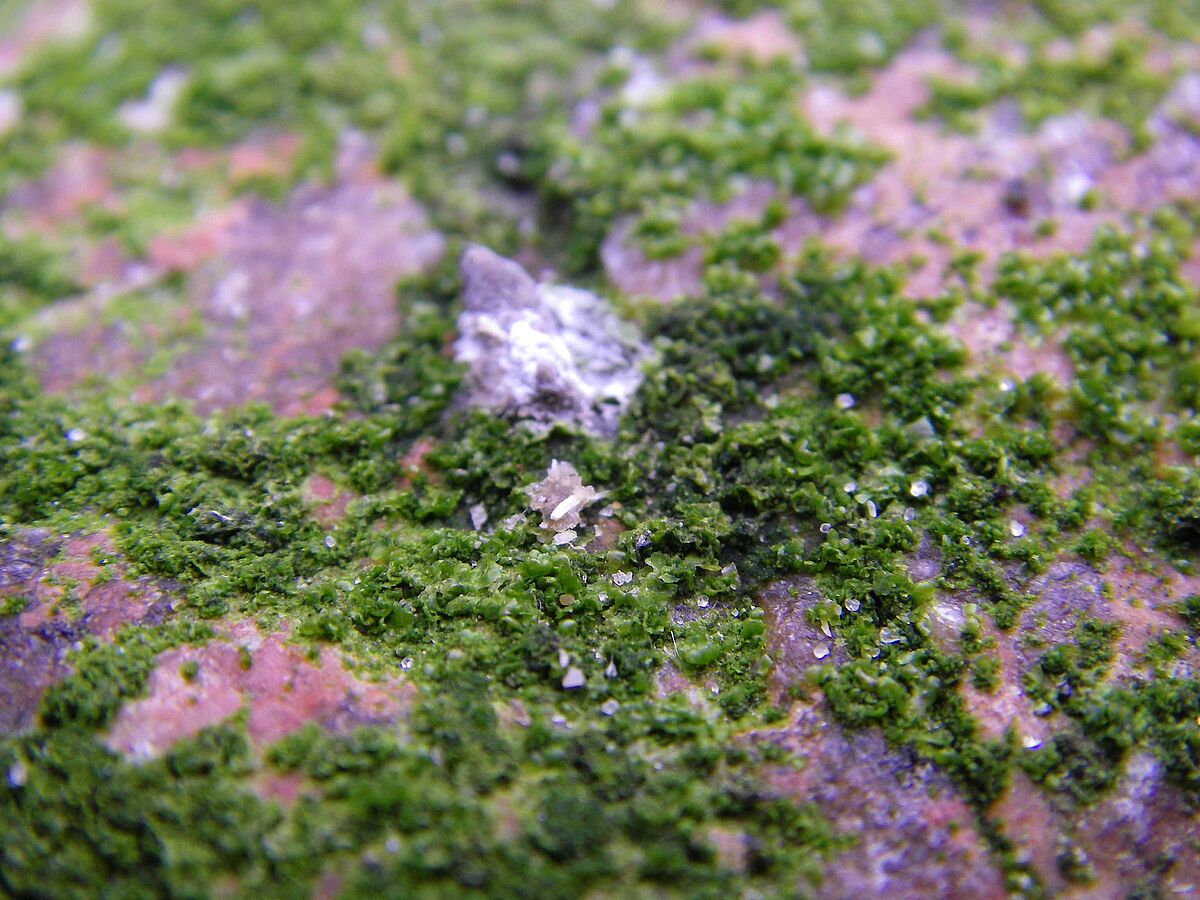Integrated approaches to address taxonomic problems in the Prasiolaceae (Trebouxiophyceae, Chlorophyta)
Members of the green algal family Prasiolaceae (Trebouxiophyceae) occur especially in high-nutrient environments along seashores and inland, in temperate and polar regions. As an integral part of cryptogamic covers, they exhibit unique ecological traits, however, many aspectes of their biology are still unknown. Recent molecular genetic studies have revealed an unexpected biodiversity in the Prasiolaceae, but these studies also highlighted taxonomic problems within and between morphology-based genera. To enable future studies in this family of ecologically important primary producers, a clear and reproducible application of taxonomic names is required. This project aims to address a number of taxonomic issues which exist within the family, using an integrated approach combining the discovery of new entities from both northern and southern hemispheres with culture studies, the sequencing of herbarium specimens, and multi-marker phylogenetic analyses of established taxa.


Primary Investigator
Dr. Svenja Heesch
Funding
German Research Foundation DFG within the Priority Program 1991 "Taxon-OMICS"
Funding number
HE 8805/1-1
Funding Period
2021 - 2024
Cooperation partners
Prof. Dr. Fabio Rindi, University of Ancona, Italy
Prof. Dr. Kjersti Sjøtun, University of Bergen, Norway
Dr. Christian Bruckner, Havbruksparken/PolarAlge, Bodø, Norway
Prof. Dr. Wendy A. Nelson, University of Auckland, New Zealand
Dr. Judy E. Sutherland, National Institute for Water & Atmospheric Research Ltd. (NIWA), New Zealand
Prof. Dr. Daniel Dietrich, University of Konstanz

